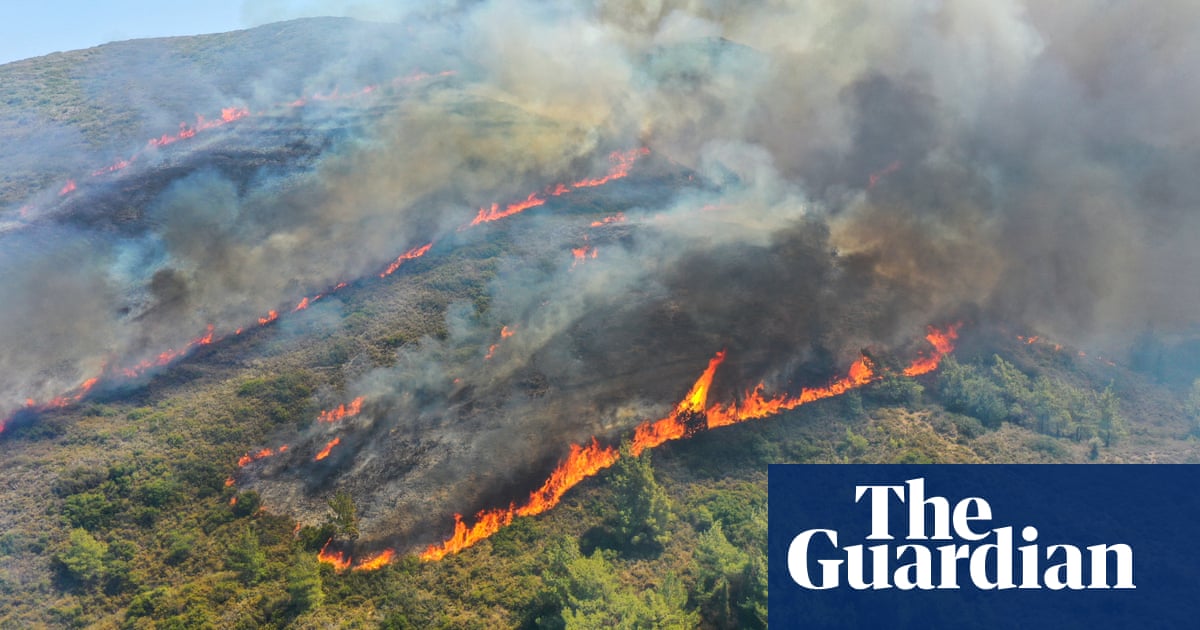Like I said, you are a scientific illiterate.
"Little Ice Age (LIA) austral summer temperature anomalies were derived from palaeoequilibrium line altitudes at 22 cirque glacier sites across the Southern Alps of New Zealand. Modern analog seasons with temperature anomalies akin to the LIA reconstructions were selected, and then applied in a sampling of high-resolution gridded New Zealand climate data and global reanalysis data to generate LIA climate composites at local, regional and hemispheric scales. The composite anomaly patterns assist in improving our understanding of atmospheric circulation contributions to the LIA climate state, allow an interrogation of synoptic type frequency changes for the LIA relative to present, and provide a hemispheric context of the past conditions in New Zealand. An LIA summer temperature anomaly of −0.56 °C (±0.29 °C) for the Southern Alps based on palaeo-equilibrium lines compares well with local tree-ring reconstructions of austral summer temperature. Reconstructed geopotential height at 1,000 hPa (z1000) suggests enhanced southwesterly flow across New Zealand occurred during the LIA to generate the terrestrial temperature anomalies. The mean atmospheric circulation pattern for summer resulted from a crucial reduction of the ‘HSE’-blocking synoptic type (highs over and to the west of NZ; largely settled conditions) and increases in both the ‘T’- and ‘SW’-trough synoptic types (lows passing over NZ; enhanced southerly and southwesterly flow) relative to normal. Associated land-based temperature and precipitation anomalies suggest both colder- and wetter-than-normal conditions were a pervasive component of the base climate state across New Zealand during the LIA, as were colder-than-normal Tasman Sea surface temperatures. Proxy temperature and circulation evidence were used to corroborate the spatially heterogeneous Southern Hemisphere composite z1000 and sea surface temperature patterns generated in this study. A comparison of the composites to climate mode archetypes suggests LIA summer climate and atmospheric circulation over New Zealand was driven by increased frequency of weak El Niño-Modoki in the tropical Pacific and negative Southern Annular Mode activity."
"In addition, we computed a (linear) trend surface of the Equilibrium Line Altitude (ELA) for the LIA based on 22 cirque glaciers previously studied
24,
49, which compared favourably with the neoglacial ELA proposed by Porter
50 for a transect between Mt Cook and Jollie Glacier (Fig. SI
1). By discriminating the land above this LIA ELA trend surface, we scrutinised the landscape to find many low-relief moraines, trimlines (Fig.
2), and more subtle geomorphological evidence that helped us to infer a LIA glacier outline for a total of 400 glaciers. The subtle evidence included stripped bedrock at elevations beneath surrounding vegetated hillslopes, locally-depressed treelines, boulder trains running sub-parallel to contours, truncated fan toe slopes and gully heads. Whilst there are > 3,150 glaciers in the Southern Alps in the 1978 inventory, a vast majority constitute smaller portions of formerly larger (and more contiguous) LIA glaciers. We did not map where moraines or trimlines were absent, such as is common in Fiordland for example where the hard crystalline rock and steep slopes makes the creation and preservation of such features unlikely. More details on the volume loss calculations, which are limited to glacier ablation areas (Fig. SI
2), are given in the SI."
Rapid changes observed today in mountain glaciers need to be put into a longer-term context to understand global sea-level contributions, regional climate-glacier systems and local landscape evolution. In this study we determined volume changes for 400 mountain glaciers across the Southern Alps...

www.nature.com
"the end of the Little Ice Age (here defined as 1500–1850 CE). The Little Ice Age (LIA) was characterised by generally cooler global climates, particularly in the northern hemisphere (Marcott et al., 2013). There was no globally coherent cold phase associated with the full extent of the LIA, however the period 1571–1722 CE was globally cooler and included a window between 1594 and 1677 CE (termed the “peak LIA”) where a large majority of proxy records indicate cooling (Neukom et al., 2014). On the Australian continent, the small number and sparse distribution of temperature reconstructions hamper firm conclusions about temperature variability over the last millennium, with the majority of tree ring records being located either in the cool climates of Tasmania, or indeed New Zealand, augmented by a small number of (shorter) coral records from the tropics. These data suggest that ∼1500–1900 CE was characterised by cooler Australian climates relative to the rest of the millennium (Gergis et al., 2016)."
DURRRRRRRRRRRRRRRRRRRRR


